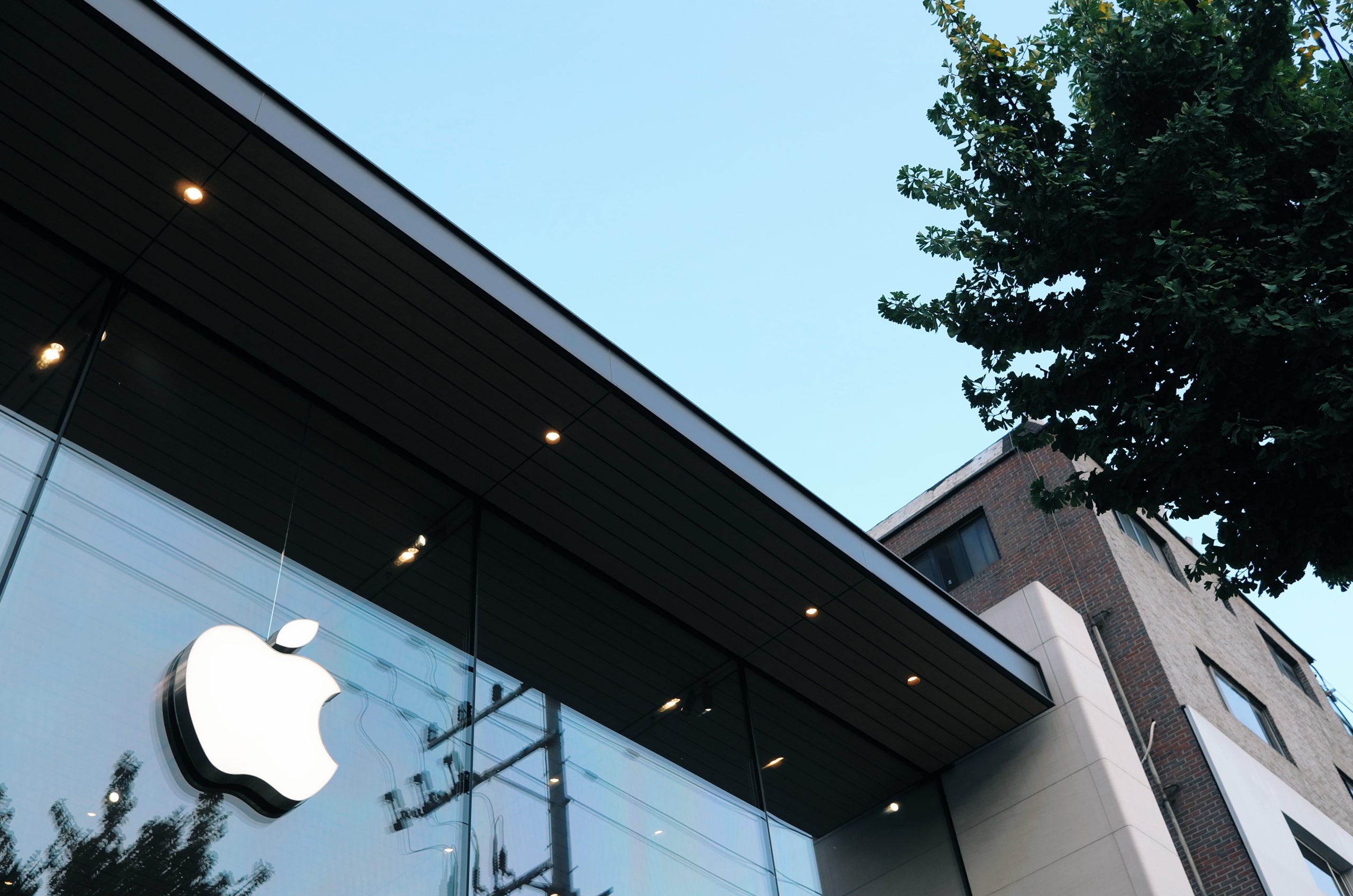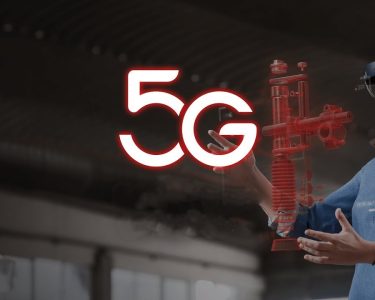Apple’s Financial Strategy: How Buybacks Drive Investor Interest Alongside Products
For years, Apple has been known as one of the most valuable and innovative technology companies in the world. With iconic products such as the iPhone and the MacBook, the company has managed to build a loyal customer base and attract investors from all over the world. However, there’s another aspect of Apple’s business strategy that’s not as well-known, but equally important: share buybacks.
In recent years, Apple has been engaged in one of the most aggressive share buyback programs in corporate history. The company has spent over $400 billion buying back its own shares since 2012, reducing its outstanding shares by almost 30%. In 2018 alone, the company spent $73 billion on buybacks, a figure that’s higher than the market capitalization of all but a handful of companies.
So, why is Apple buying back so many of its own shares, and what does it mean for investors?
The Benefits of Buybacks
Share buybacks are a way for companies to return cash to their shareholders by purchasing their own shares on the open market. By reducing the number of outstanding shares, the earnings per share (EPS) of the company can be increased. This, in turn, can lead to an increase in the stock price.
Buybacks can also be used as a tool to signal to the market that management believes the stock is undervalued. When a company announces a share buyback program, it’s telling the market that it believes its shares are worth more than the market is currently valuing them at.
Apple’s Buyback Program
Apple’s share buyback program has been one of the most aggressive in corporate history, and it shows no sign of slowing down. In April 2020, the company announced that it was increasing its buyback program by $50 billion, bringing the total amount authorized for buybacks to $350 billion.
While some investors have criticized Apple’s buyback program as being too aggressive, there are others who argue that it’s a smart move. With interest rates at historic lows, companies like Apple can borrow money at cheap rates to finance their buybacks. In doing so, they can reduce their cost of capital and increase shareholder value.
The Future of Buybacks at Apple
So, what does the future hold for Apple’s share buyback program? According to analysts, there’s no reason to believe that the company will slow down its buybacks anytime soon. With a cash hoard of over $200 billion, Apple has the financial resources to continue buying back its own shares for years to come.
However, there are some who argue that the company should be investing more of its cash in research and development, as well as in acquisitions. With the technology landscape constantly evolving, some believe that Apple needs to be investing more in the future, rather than simply buying back its own shares.
Conclusion
Apple’s share buyback program is a critical component of its financial strategy. By reducing the number of outstanding shares, the company can increase its earnings per share and signal to the market that it believes its shares are undervalued. While some investors have criticized the program as being too aggressive, others argue that it’s a smart move in a low-interest rate environment.
As Apple continues to navigate the fast-paced technology industry, it will be interesting to see how the company balances its share buyback program with its other financial priorities, such as research and development and acquisitions. One thing is for sure, however: Apple’s financial strategy will continue to be closely watched by investors around the world.




